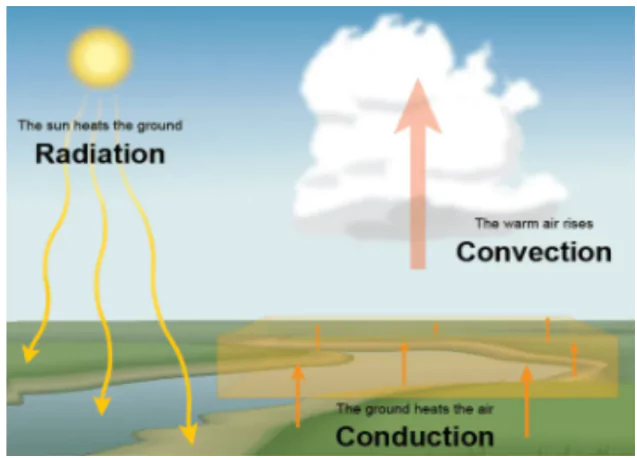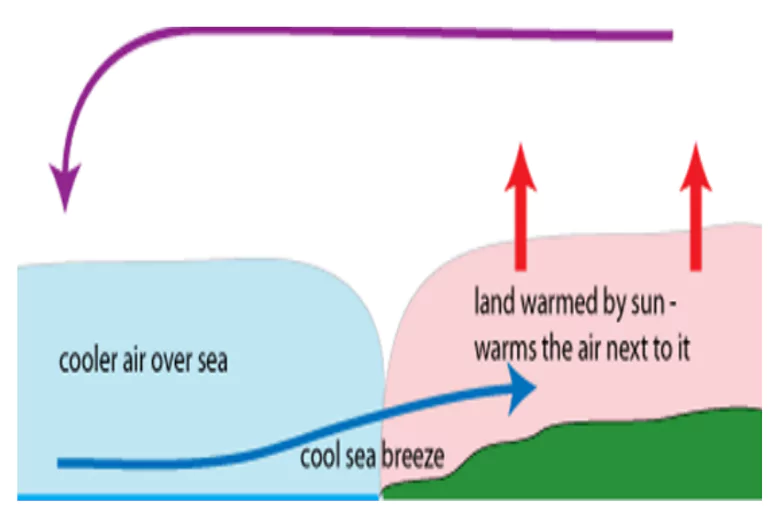![]() April 29, 2024
April 29, 2024
![]() 26
26
![]() 0
0
Heating and cooling of the atmosphere occur through four main processes: conduction, convection, advection, and terrestrial radiation. These processes involve the transfer of heat through molecular movement, fluid motion, horizontal air movement, and radiation from the Earth’s surface to the atmosphere.

 Advection: Advection refers to the horizontal transfer of substances from one place to another.
Advection: Advection refers to the horizontal transfer of substances from one place to another.
| Must Read | |
| Current Affairs | Editorial Analysis |
| Upsc Notes | Upsc Blogs |
| NCERT Notes | Free Main Answer Writing |
<div class="new-fform">
</div>

Latest Comments